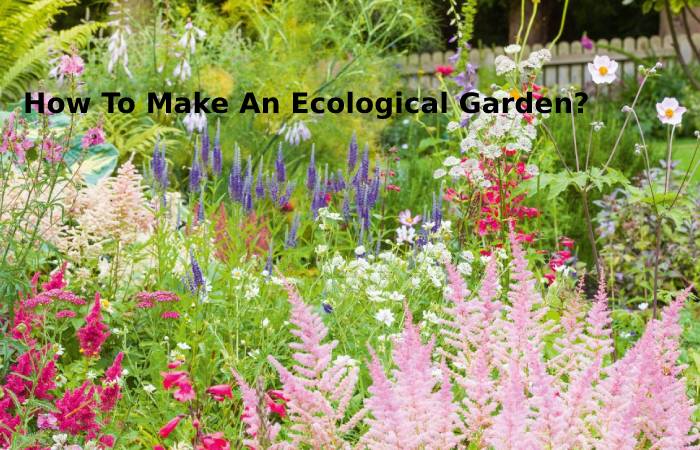Table of Contents
About
Garden Wellness – They are essential values that distinguish our way of creating gardens, and we go beyond something beautiful. We achieve long-lasting, sustainable and solvent rooms. Sophistication, simplicity, and distinction are aspects that can reflect a garden. The passion for our profession makes garden design more than just a job become a vocation. This is reflected in the reliability of our processes, the precision with which we execute them and the satisfaction of our clients. With each new client, we win a friend who recommends us to their acquaintances, and they are our best value and business card.
How To Make An Ecological Garden?
Making an ecological garden requires a very different method than making a square garden. The eco-friendly approach is the only but vital difference that ultimately marks the result in aspects such as the distribution of space, the use of recycled material, irrigation with rainwater, the use of organic seeds or, for example, the promotion of indigenous biodiversity.
But where to start? Once we select the plants, whether they are organic seeds, cuttings taken from nature or certified organic plants, we will plan the space intelligently, trying to combine their needs with efficient use of irrigation and, if we wish, also with the ornamental effect. . Keep reading this Green Ecology article if you need to know how to make an ecological garden at home.
What Are Characteristics Of An Ecological Garden?
Before starting an ecological garden project, we must know its definition and characteristics. What are ecological gardens? These types of gardens are characterized by letting nature itself regulate the surrounding space. In other words, no chemical fertilizers or pesticides are needed, for example. The result of ecological gardens translates into a reduction in damage to nature since artificial tools that can be harmful are not used. Some of the characteristics of environmental gardens are the following:
- Inclusion of native species.
- Variety of species.
- Absence of grass.
- Young plants.
- Grouping of plants according to species and irrigation.
Now that you know what an ecological garden is and its characteristics let’s see how to make an environmental garden at home step by step.
Always Choosing The Seeds For Our Garden
Choosing organic seeds, on the other hand, guarantees that they have not undergone genetic modifications or alterations due to fertilizers, pesticides or other artificial treatments. Each plant has a recommended planting time, but in general, we must keep in mind that we will save more water by doing it in autumn because that way, they will have time to grow until the following spring and summer, so we will not have to water so much for them to grow.
Soil Type: The soil types also influence a greater or lesser frequency of irrigation and the need for fertilizer. It is critical to know the characteristics of the land to find out if it has good drainage and what type of compost we have to create at home to compensate for the lack of organic matter.
When buying the land, let’s choose the ecological one. Some have worm humus and drain water in an ideal way, and the best pots are made of natural clay. Why not? Let’s recycle old furniture, objects, or pallets to make original pots or planters.
Turn A Garden Into A Biodiversity Paradise
Halting the damage to biodiversity is one of the greatest valuable eco-friendly functions that gardens can fulfil. They become authentic refuges for the native flora and fauna if they are designed and maintained correctly. But not only that but if we do what is necessary, public parks and private gardens will become havens for wildlife that will serve as a place of passage for birds and insects on their migratory journey. But how to get it? What do we have to do to type our garden a paradise of biodiversity? This post gives you separate hands-on tips to achieve it quickly by adding simple actions within our reach.
Conclusion
The best way to organize the garden is to do it by zones. For example, plants can be classified by type, making them much easier to maintain and care for. We will also do it with the orchard because, in this case, it is better to place it where there are more hours of sunlight. If we need a shaded area, which is where the furniture will be for lunch or dinner, then we will think of a pergola or, much better, we can plant trees although we will have to wait for shade.
Also Read Right Skincare Products – About, Suitable Cosmetic, Quality Cosmetics And More

